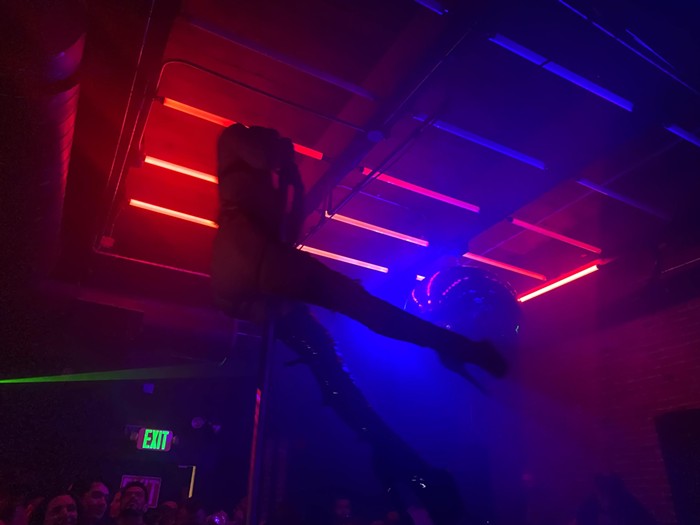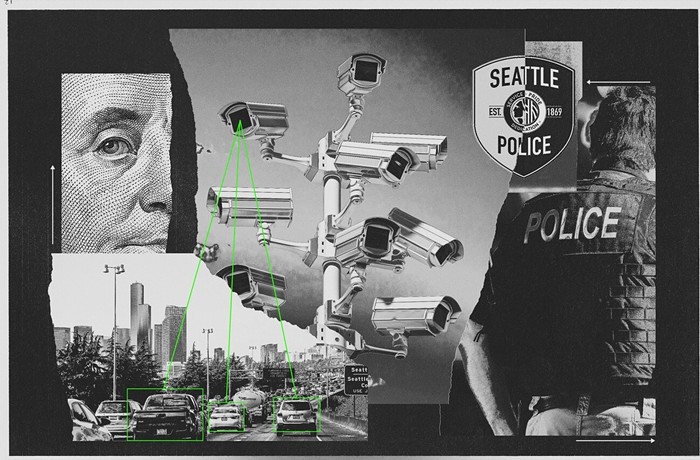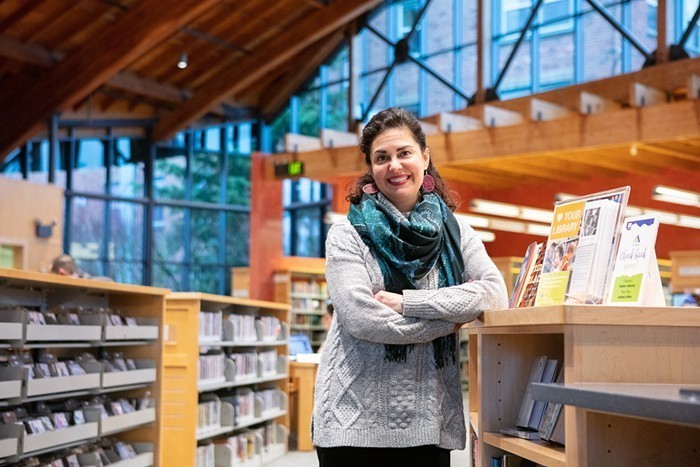
In the $50 billion list of projects that make up Sound Transit 3, the line to Ballard is the big one. Running through a new downtown tunnel before heading north, that line would attract 114,000 to 145,000 riders a day. About half of those riders will only be using the new downtown tunnel to transfer to other lines, but that still leaves 60,000 to 74,000 people riding to new stops north of Westlake each day, according to Sound Transit's estimates. That's more than any other line in ST3.
But that line isn't set to be built until 2038. Not only does that mean a 22-year wait for a crucial connection in the city, but it makes for an uphill battle getting voters excited to pay for light rail they won't see for decades. As the Sound Transit board considers changes to its draft ST3 plan before a final vote in June, advocates are pushing the agency to shorten that timeline. (If you want to join them, start by showing up in Ballard tonight. Sound Transit is hosting an open house at Ballard High School tonight at 5:30.)
There has been some good explanatory writing lately about why the projects in ST3 are going to take so long. If you want to get into the weeds, I'd recommend this and this. But there are three basic things to blame: Financing complications (it takes a long time to gather taxes, plus Sound Transit's own debt policies limit how much they can borrow at once); government process (studying alternative routes and environmental impacts takes years); and construction demands (building a new tunnel under downtown Seattle is complicated). We can't get rid of all of these delays, but we can try to make them suck a little less.
As the advocacy group Seattle Subway points out today, Sound Transit could delay another Seattle project (read: the line to West Seattle) in order to make money available for Ballard sooner or could fall into some unexpected federal cash for the project.
More achievable, though: The City of Seattle could make it a priority to speed up the planning and permitting process for rail to Ballard. As Sound Transit has faced backlash over the long timelines, they've continually pointed out that when local governments cooperate—rather than demanding extensive extra study of different light rail routes—the planning process for new light rail takes less time. Today, Sound Transit is estimating six years for planning for the Ballard line; Seattle Subway hopes to cut that to three. That's not a lot, but it's something. And it depends on the city being willing to fight for light rail (and possibly against some neighborhood types).
"Sound Transit alone cannot reduce the delivery timeline on these issues without the City of Seattle—with the support of neighborhoods along the line—taking aggressive action to speed the process along," Seattle Subway writes.
Timelines aren't the only issues likely to come up at tonight's open house.
• Seattle Subway is also pushing for the Ballard line to be fully grade separated, meaning it never runs alongside traffic. Running light rail at grade, as Sound Transit did through the Rainier Valley, reduces reliability because of accidents and reduces speed because the trains must run at whatever speed limit applies to vehicle traffic in that area. Here's the current plan for the Ballard line. The solid line between Smith Cove and Interbay represents at-grade light rail.

Sound Transit says there are relatively few crossings along that route that could result in accident delays, but some die-hard transit advocates say the hit to reliability and speed is still unacceptable. One big unanswered question is cost. Making the entire line elevated or tunneled would be more expensive and it's unclear where that funding would come from.
• Meanwhile, neighborhood advocates in north Seattle continue to call on Sound Transit to find the funding for a station at 130th Street, even as that looks increasingly unlikely. Seattle City Council member Debora Juarez wrote a guest editorial in the Seattle Times today arguing that station would serve "transit-dependent communities [that] lack adequate resources to meet their existing and future transportation demands, and desperately need new ways to get around."
• I've written about other ways ST3 could be improved before it's sent to the voters right here.
Share your thoughts on all these issues tonight in Ballard, next Tuesday in West Seattle, or next Thursday at Union Station. You can also take this survey or email the entire board your thoughts here.


















